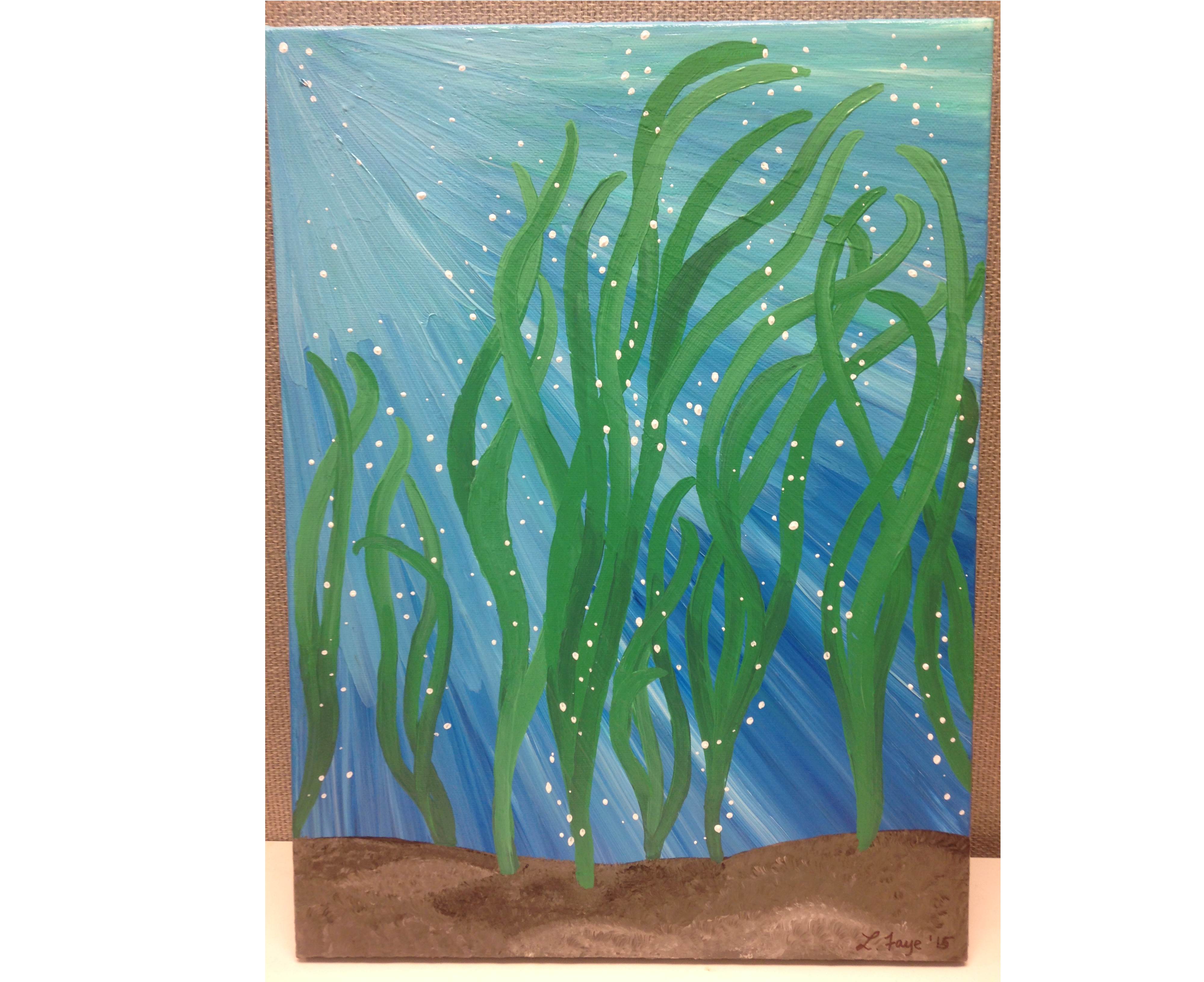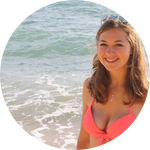About This Project
Did you know that several acres of eelgrass have been planted in the San Francisco Bay in the last year? We are conducting some major habitat restoration out here! But, sometimes the transplanted eelgrass doesn't survive.
So how do we improve survival? We think microbial communities could determine eelgrass transplant success.
Ask the Scientists
Join The DiscussionWhat is the context of this research?
Eelgrass (Zostera marina) creates rich habitats for marine life in coastal zones around the northern hemisphere. It's a native to the San Francisco Bay Estuary, where it provides a spawning ground for Pacific herring and nursery habitat for a variety of other fish and crabs. Because it is so ecologically important, we do a lot of eelgrass bed restoration in the Bay. While some of our transplants thrive and create new eelgrass beds, other transplants wither and die. We're not sure why, but there is evidence that the right group of microbes could help the plants survive.
To find these specific species of microbes, we will need to look at the DNA of whole communities of microbes, studying their genetic sequences to see which species are present when the eelgrass survives.
What is the significance of this project?
We can aid in the restoration of eelgrass habitat by identifying, isolating, and eventually culturing microbes essential to eelgrass survival. This would make future restoration efforts more successful and less costly in the long run.
Furthermore, this has large implications on the success of threatened local species, since eelgrass beds provide spawning grounds for a multitude of marine animals.
This means more efficient restoration, and more habitat created in the San Francisco Bay.
It also may lead to further studies on improving coastal restoration efforts locally and abroad.
What are the goals of the project?
We're already well on our way to getting this new data! This summer, we:
- collected sediment cores for microbial DNA analysis
- collected and processed the important sediment metadata
- started a greenhouse experiment to test what happens when you plant eelgrass transplants in sand from another site
-started my first DNA extractions and sequencing run prep
During this campaign, I will be posting updates as our work progresses - in real time! You will find out:
- what the preliminary sequencing data is looking like
- what happened with our greenhouse transplant test
And after the campaign?
- We'll find out which microbes are out there, helping to keep the eelgrass alive!
Budget
Next Generation Sequencing technology is an amazingly powerful tool to study many genetic codes at once, and is the only way this project would even be possible. (Invented less than a decade ago, we are just beginning to realize its potential to inform restoration ecology.)
To do this study with proper scientific rigor, however, we must study thousands of genetic codes. The costs can add up quickly.
The remaining need to fund this project is roughly $15,000. I am hoping you'll help me get to $5,000, which will allow me to collect enough preliminary data to support future grant applications.
By backing this project, you will be participating in cutting-edge scientific research. You'll see the data come together, bit by bit, and be part of a project that could ultimately transform eelgrass restoration practices.
Meet the Team
Affiliates
Team Bio
Crystal is a master's student in the Boyer Lab at the Romberg Tiburon Center for Environmental Studies at SFSU.
With a passion for puzzles of all kinds, she is driven to solve pressing ecological questions with an interdisciplinary approach.
Crystal has contributed to research in several coastal ecosystems, including sandy beaches, tidal marshes, and vernal pools. She has been awarded several grants and scholarships to support her restoration ecology studies.Additional Information
The talented and generous Lindsay Faye, fellow researcher and lover of eelgrass, has created a beautiful eelgrass painting to benefit this project!

Thus, in the spirit of the holidays, we've set up some donation thank you gifts:
$25+: A personal, handwritten thank you note
$50+: Acknowledgement in a presentation of the research
$100+: A print of Lindsay's eelgrass painting (8x10)
$200+: A 2016 calendar, featuring photos of our research throughout the bay
$1000+: Acknowledgement in the published manuscript of this research as a source of funding
Thank you for your support!!
Project Backers
- 57Backers
- 62%Funded
- $3,086Total Donations
- $56.07Average Donation
